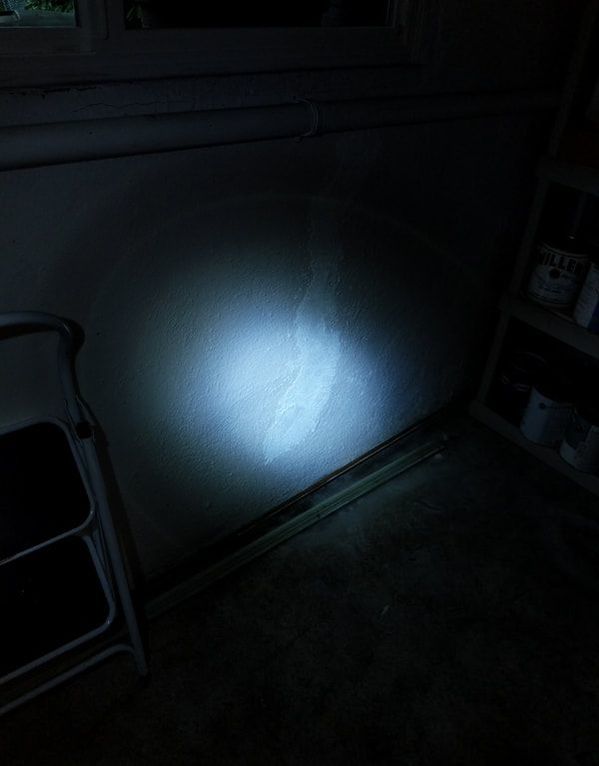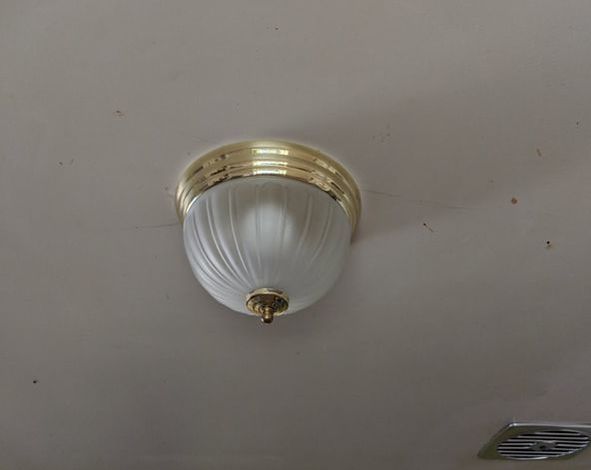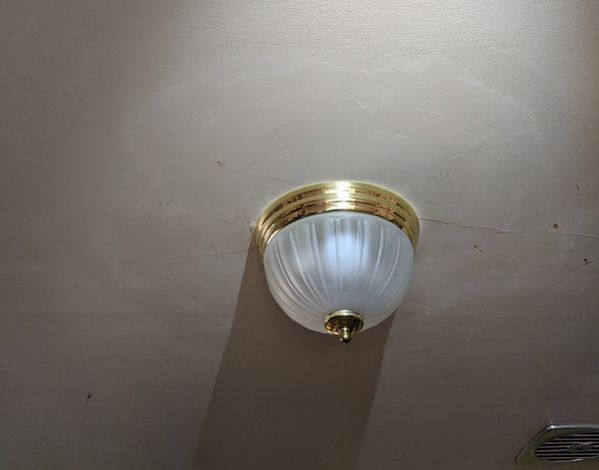Save Time and Money on Home Inspections With a Flashlight
The most important tool an inspector has is a bright flashlight (900+ lumens). The direct light created by a flashlight can help you see hidden leaks, repairs, cracks and stains.
How it works
Indoor lighting is reflected off of every wall in a room (by design). This means light hits every spot in the room from multiple angles which removes contrast, shadows and our ability to see changes (Ever wondered why all of the lights are on during an open houses? Reflected light hides imperfections and makes the home look nicer). When you turn the lights off and use your handy dandy flashlight, the direct light creates shadows and contrast allowing you to see different textures, materials, repairs, stains and even leaks.
Examples
The first photo was one of multiple foundation repairs in a basement. With the lights on the repairs were invisible because the entire wall was painted with a bright white paint that reflected light and reduced contrast. Using a flashlight we could easily see the differences in texture/material and identify all of the repairs.
The last photos show a ceiling repair that was only visible with shadows.
Final Thoughts
All homes eventually need repair and 99% of repairs are insignificant. The older the home..... the more repairs you'll find. When you find repairs its always a good idea to ask the owners what they know about it and who fixed it. If there are a lot of repairs or big repairs, it may be better to keep looking and save yourself the cost/time of a home inspection. For larger cracks in foundations see: "Should I Hire a Contractor or Engineer."



